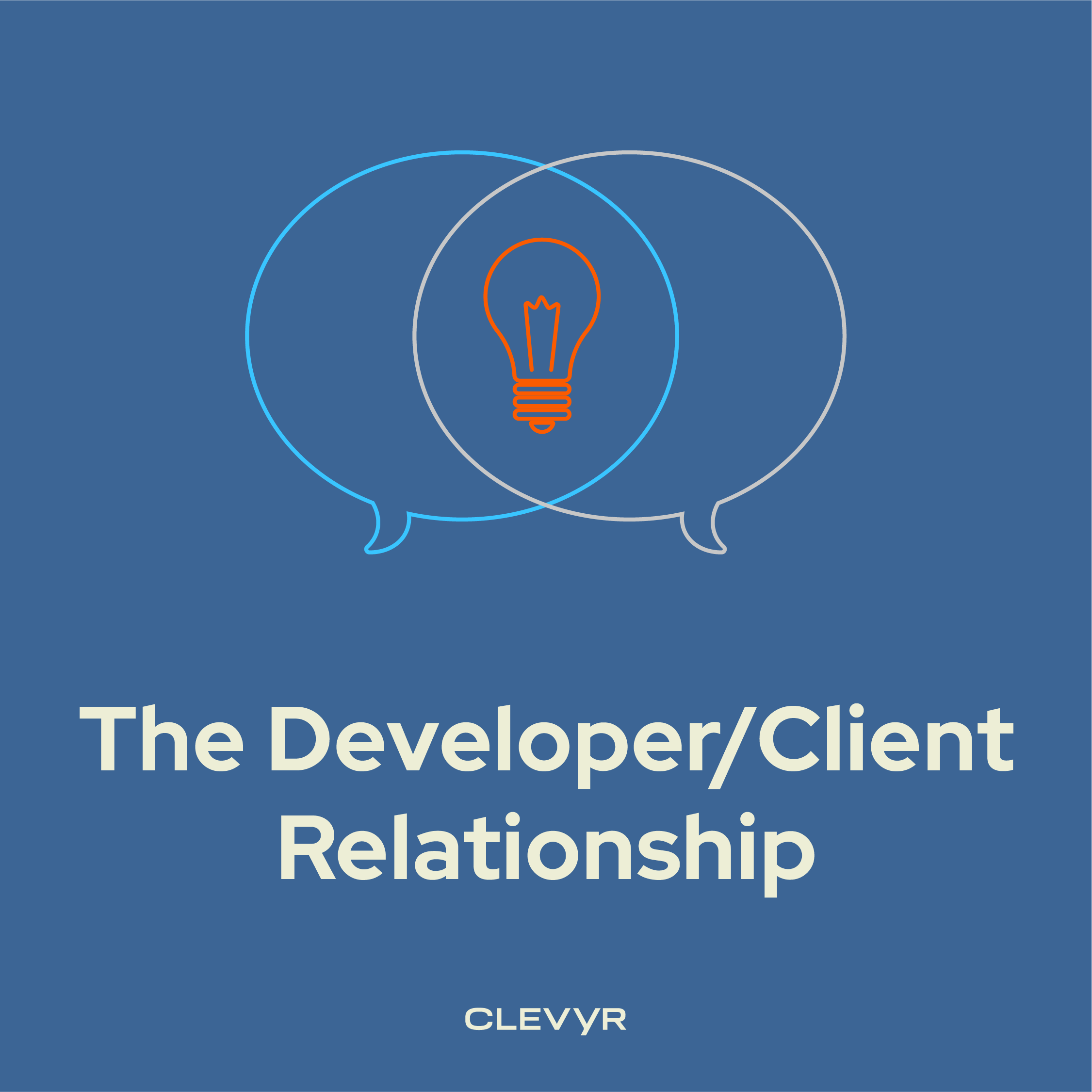There’s a tension most organizations feel but rarely talk about: the desire to be high-performing and the desire to have healthy, happy people.
At Clevyr, we don’t see those as opposing goals.
We believe they’re deeply connected — and the way we structure our teams reflects that belief. When you build with people in mind first, everything else gets better.
The Foundation: People First, Always
Let’s be clear: culture isn’t beanbags and free coffee.
Okay — it’s not just beanbags and coffee. (We really like our coffee.)
Culture is about making sure people feel heard, trusted, and safe — not just on paper, but in every decision, every meeting, every phase.
Culture isn’t a perk — it’s the productivity strategy.
Why does that matter?
Because people who feel secure do better work. They take smart risks, collaborate more effectively, and lift each other up when things get hard. That’s the foundation we build on.
In the ye olden days of shared offices, it was easy to know what your teammates were working on. Cross-pollination happened when you caught a stray phrase from across the room (sometimes no amount of noise canceling was enough). But in a mostly remote world, those water cooler moments need to be more intentional — and they happen within and between our teams.
Even in a small company like Clevyr, there’s a delicate balance between keeping project teams stable and mixing things up strategically.
From a purely productivity-driven standpoint, stable teams develop rhythms and efficiencies that lead to great results. For individuals, over time, that stability can become stifling. Labels get sticky. Expectations get rigid.
So yes — sometimes we reassign folks based on staffing needs or project demands. But we also intentionally mix teams to give people the chance to collaborate, share ideas, and learn from one another. Why?
- People bring different perspectives, skills, and approaches.
- Teammates get to know each other’s expertise in ways they can't just by watching other teams demo.
- We break down knowledge silos and spread best practices.
- Frequent collaboration builds adaptability — and resilience.
- When we trust each other, change doesn’t feel like a punishment. It feels like growth.
The Structures That Support Real Life
You may be thinking, "That's all great and all, but how did you (and how can I) build that trust?"
Creating a supportive culture isn’t a vibes-only exercise. It takes real systems and structure.
✨ PTO That’s Actually Encouraged
We don’t do quiet guilt. When someone takes time off, we cheer them on.
Time away isn’t a luxury — it’s a necessity. We ensure coverage, transfer knowledge, and support one another so that clients (and teammates) continue to have a great experience while someone’s recharging.
🧠 Flexibility That Respects Focus
Great ideas don’t come from burnout.
We design schedules that allow people to think — whether it’s deep work blocks, async comms, or using Pomodoro sessions to create momentum. And we value brain breaks too: from pets and games to space news and hobby dev projects, our internal channels are full of joy, curiosity, and creative energy.
🫶 Collaborative Over Competitive
We reward support, not solo heroics.
Our team culture is about raising the overall bus number — not throwing each other under it. We’ve got structures in place to recognize and thank one another, and it’s genuinely heartwarming how often groups, not just individuals, give and get kudos.
Whether it’s a project squad, PMO, TechOps, or leadership — helping your teammates isn’t extra credit. It’s the job.
🔄 Feedback Loops That Matter
Weekly check-ins. Responsive leadership. Course corrections without ego.
In our twice-a-month All Hands on Deck meetings, we demo projects, celebrate milestones, and just chat. It keeps us aligned, connected, and reminds us that no matter which project we’re on, we’re building something together.
High Trust = High Performance
There’s a myth that a “soft” culture leads to soft results. We see the opposite.
It’s Not Just Nice — It’s Smart
When people are respected and supported, they step up. They take ownership. They keep standards high — for themselves and each other.
That kind of culture leads to:
- Lower turnover
- Higher-quality work
- Smoother collaboration
- Resilience at the individual and team levels
Great Work Needs Great People
You can’t build excellent software with burned-out people.
You build excellence by designing teams around trust, rest, and respect. That’s how we protect the spark that leads to great work — and how we build a workplace that lasts.
Culture isn’t fluff. It’s infrastructure.
It’s how we reduce friction, retain incredible people, and consistently deliver meaningful results.
Clients feel it. We feel it. And it shows in the work.
We’ll never stop investing in that. Because when our people thrive, so does everything else.


